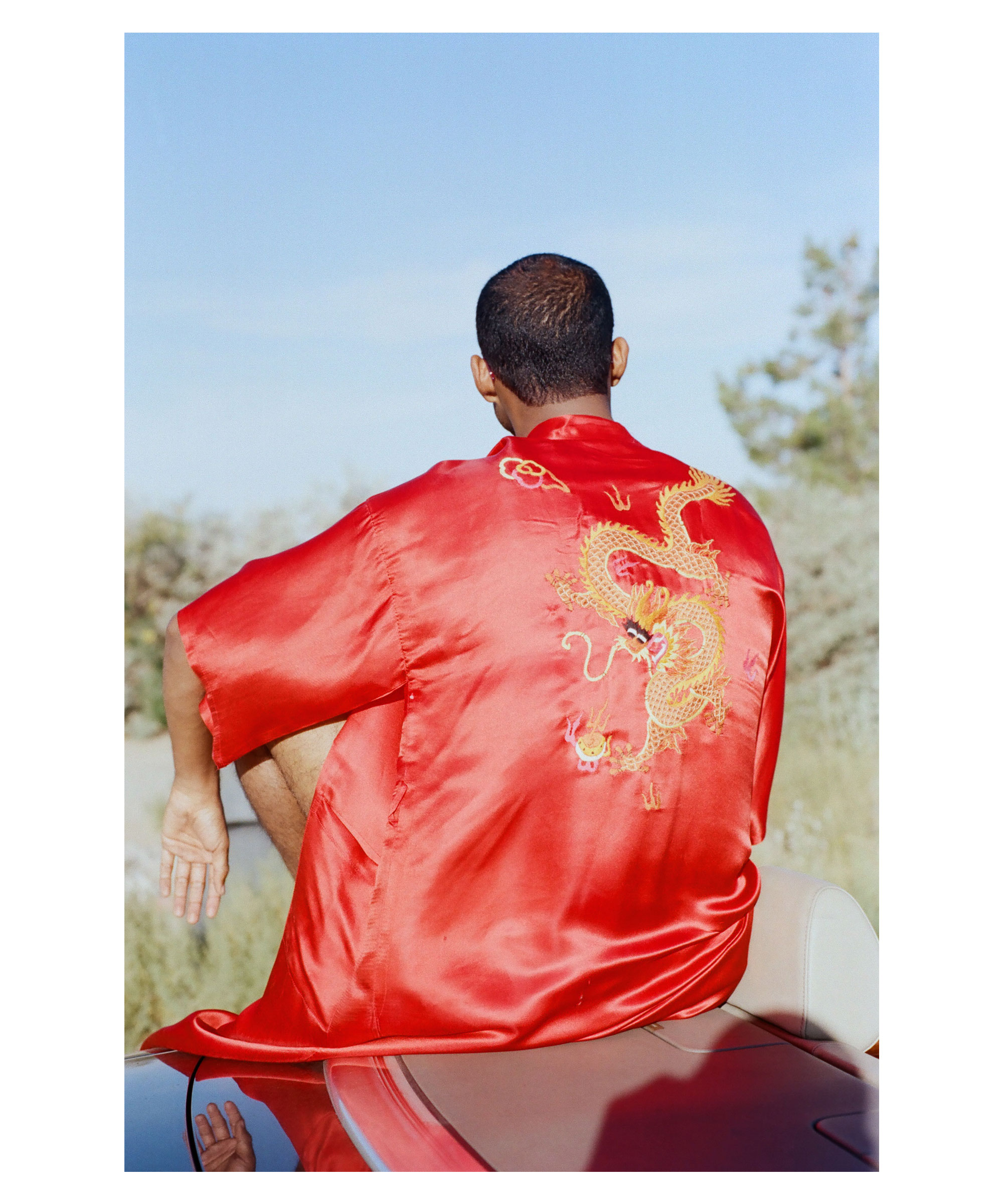Letter from the Editor
Dear Reader,
If you’re reading this, you too have survived. You’ve persisted in the face of a cruelly indifferent world. Our marginalized bodies continue to be regulated and policed, subject to danger and trauma: the smallest of migrant children bodies are detained, transferred, caged, and neglected to death; in Alabama, a woman’s body is deemed state property. In this issue 12, coping and recovery are indelible processes of the human condition in the wake of systemic, normalized violence and neglect. We hope that, through our curation, these pieces of writing and visual art become sites of aftercare and recuperation; of personal affirmation.
In these pages, writers unearth the beauty, complications, and dangers of celebrating the othered body. These moments of reprieve are hard earned, in a context where stigmatized bodies are systematically denied and violated. In Justin Davis’ “Sketch with Beetle, Pessimism, and Scorpion,” a monumental performer is complicit in all his masculine facets: “My nation’s been designed/for a purpose, full of blood/and oil and evangelist/beetles. It’s all sad Drake/and mob-tied Drake and/dancehall Drake, phallogocentric Drake.” Claudia Cortese reminds us of the 1979 Disco Demolition Night, where black and queer-produced disco records were destroyed and, when rave music was a form of escapism and validation: “There, no one threatened to noose my dyke neck. No one leered at my pudge belly. No one transferred their shame onto me. The joy of unpoliced viscera.” Matan Gold paints a Black survival that is crafted through gaudiness and flossing, where material goods recuperate some esoteric humanity: “Consider how often the goods are in relation to body; when you cannot own land, cannot get a loan for a house, are drenched in ketchup and slurs, best believe you’re gonna adorn the one thing you own like royalty.” These lyrical leaps raise questions: What is this ownership, this manifest destiny expansion, in relation to the body? How do we live in the aftermath of violence? What can be done to redress the histories of internalized and bodily self-harm?
The father in Feliz Moreno’s “Family Cherry Tree” offers humor as a coping strategy for generational domestic violence: “The simplest and most redeeming quality of jokes is that a person can choose to respond however they like. ‘If you don’t like the joke, don’t laugh,’ he says.” Perhaps that is the ingenuity of resilience: the ability to choose one’s own reaction even in the most abject of conditions. But what of kindness as a reaction? Imani E. Jackson’s “Slow Coup (for ancient music)” sings of this radicality:
“when you say you feel good in this world we make i say the feeling’s returned
how good it is to return, not as charity but of love
this feeling is not mutual but returned
. . .
i’m trying on a harmony with you, an elegant lesson in teaching”
When this issue reaches the world, we ask you, Dear Reader, to hold space and to bear witness to these pages. Naima Green’s “Mhysa” occupies the space of our cover under the lens of non-white queer femininity and softness. The title and visual evokes the iconic scene from Game of Thrones’ episode in which a white body is lifted by Black and brown hands. As a gesture of reclamation, the Black femme mother figure is front and center, against a white backdrop, regally smiling and poised as if in a casket, a challenge to a world cruel to those who perform femininity and power in tandem. A similar challenge arises in Lora Mathis’s “Radical Softness as a Weapon” a piece that juxtaposes contrasting ideals and objects of sharpness and softness with knives and jewels, as if asking you, the viewer, to wield femininity as a weapon. We hope the radicality of softness is traceable through the works.
Issue 12 asks you to imagine this form of living and resistance, of sharp resilience and tender aftercare. Aya Satoh channels the poetic voice who says, “I speak as not to atrophy.” The speaking takes courage and we let you, reader, to do the compassionate, attentive listening that keeps these words pulsing with vitality.
With love and resistance,
Crystal Yeung
Reviews Editor
July 2019



